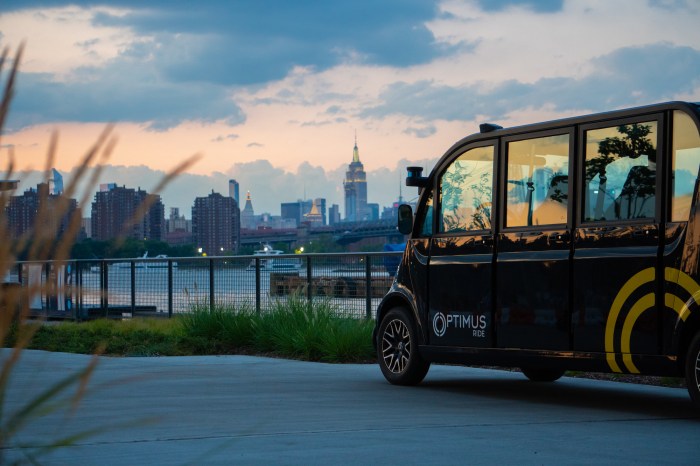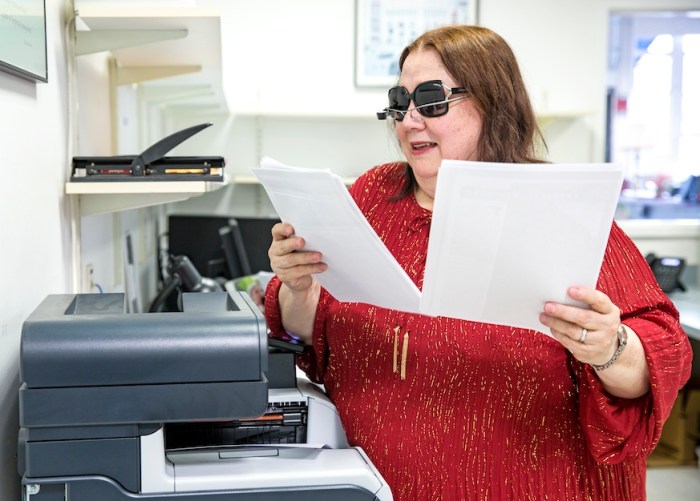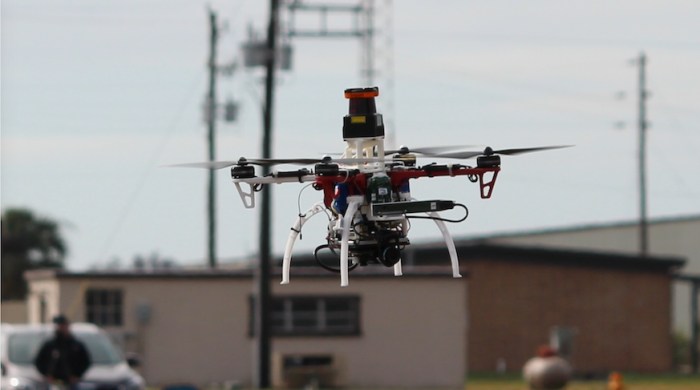We can spend hours playing smartphones games without ever engaging with the real world. But a new device is about to change the way we interact with technology by combining the virtual space with our physical world. HEKXO, which is a handheld gadgetshaped like a voice recorder, uses Near Field Communication (NFC) identification, authentication and tracking technologies to teach and entertain individuals through an assortment of educational and recreational apps. By attaching passive electronic tags to real objects or flash cards, you can use HEKXO Mote to identify objects. The gizmo communicates with your mobile device via Bluetooth. Jian Yet Lee, who is the technical lead at the US-based company, explains why this gadget provides a more sensory gaming experience.
Who came up with the initial idea for HEKXO?
Our CEO Nish Parikh has been developing apps for the educational space for several years. He thought one thing missing from the learning process was tactile feeling and sensory skill lessons. During the process, our team thought we should examine the amount of time people spend on their smart devices and realized how alarming it was. We knew we were not going to take away people’s interest in their tablet or phone but could do something to augment their experience and make it more complete. We wanted to bring digital fun with a real touch. Could you explain how HEKXO combines the virtual and physical worlds?
In typical gaming, players are either facing the computer or others but all of this is experienced with only the screen in front of you. Games like Wii and Xbox Kinect have added the physical element to them. However, those are console games and a different market. They are also confined to content mostly supplied by the game developer. With HEKXO we are using programmable NFC tags that can be affixed to virtually any object you desire or they are part of flash cards that will come to life. We will have a preprogrammed library of tags you can purchase. HEKXO will still be driven by apps on your mobile device and games will prompt things like object identification or scavenger hunts or even relay races. We also expect to have an endless runner game to excite people as their score increases. RELATED:Apple, FBI face off before Congress on iPhone encryption What is the main goal of HEKXO?
We want to promote a technological society that remains in touch with its surroundings. When children gather they don’t talk, they text. The question is where will we be as augmented realityand virtual realitybecome more a part of people’s lives? There are many uncertainties about where isolationist technology is taking us. Some occupational therapists are worried about the impact of children staring at a TV for too long. Now those fears are being compounded by the advent of isolation tech. Which demographic is this device aimed at?
We are targeting kids and adults. It will compel kids to move their arms and legs while using an app as opposed to sitting on a couch. The apps will ask them to find something or perhaps even create an object they can use in a game. For adults, we anticipate them getting up and out of their chairs at work to play relay games or timed competitions in the office environment. What are the benefits of this device for those who use it?
We hope to see children and adults alike benefit from being more in touch with their surroundings and the people around them. We can create games geared towards recreation, exercise or education. Given our expertise in special needs education, we will be launching a version for our sister product called ColorsKit.com where we will have a version more conducive to a class room environment. When do you plan to launch this product to the market and at what price?
We are working on the prototype at this time and are looking to ship units later in 2016 or early 2017. At this time we are doing a press tour in major cities like New York, Philadelphia and most recently in Washington D.C. with the hope of launching a crowdfunding effort shortly. The product pricing details are still in development. However, comparable products are in the $90-$150 range.
Virtual fun gets a human touch

Metro World News























